Art has a way of letting people express things they cannot or will not communicate in traditional formats. Art therapy provides an outlet for clients to express their thoughts and feelings without having to find the words for them. Someone who has never participated in a form of talk therapy before might find it intimidating, but almost everyone has some experience in at least crayon or pencil scribbling.
Art therapy has nothing to do with improving as an artist, but everything to do with creating any kind of art that conveys something the person wants to communicate. While art therapy makes us think of painting and crafts, many other types of self-expression also serve as art and help clients communicate just as well.
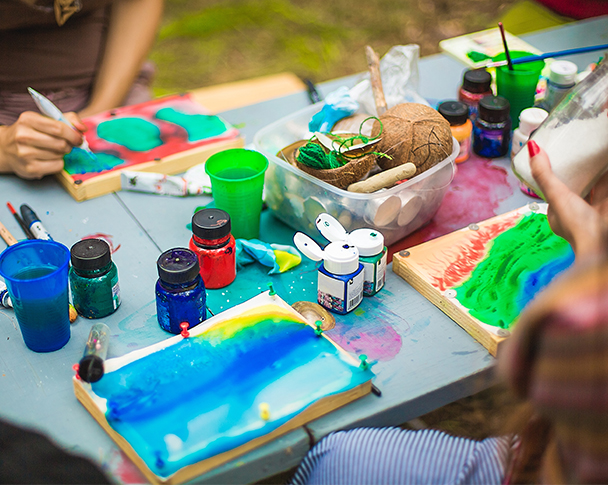
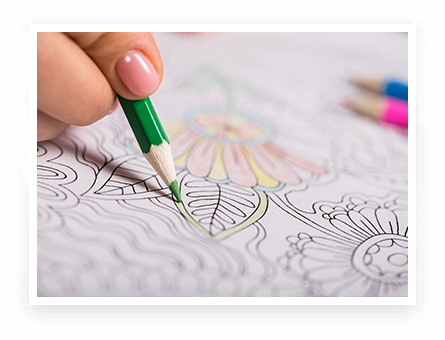
Art Therapy in
Riverside, CA
Art therapy gives people a chance to communicate using a method other than traditional talk therapy. Not all people find verbal communication easy, and some struggle to express their trauma or other experiences in words. Even people who struggle to communicate verbally due to a disability or illness may communicate with drawings or other artwork better. Artwork can show the emotions of the artist without being museum quality. Just a person’s color choices may express how they feel that day or what they have on their mind.
As a complementary treatment for other forms of therapy, art therapy has shown promise in treating substance abuse and mental health disorders. Inpatient or intensive outpatient therapy settings often use art therapy to help patients relieve stress and have some variety from the talk therapy most programs use for treating substance abuse.
How Do We Teach Art Therapy?
While some people have a natural affinity for art, some people need a little more guidance, especially since art therapy involves more than just crafts and coloring. Several standard art therapies found in treatment include:
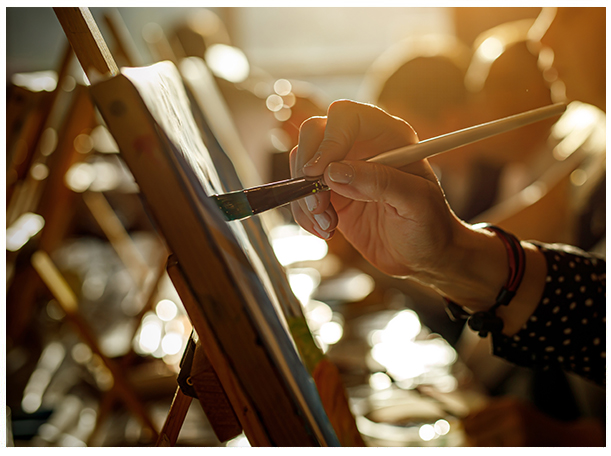
Painting
Painting allows the artist freedom to use colors and textures on paper or canvas. Painting may not be limited to canvas or even to indoors. Some programs allow artists to use paint on three-dimensional objects like wooden furniture or designated painting walls. Painting lets people play with color and create visual representations of feelings.
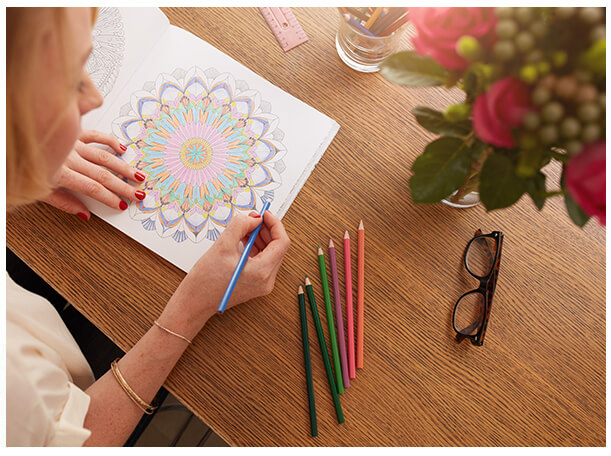
Drawing
Most people have some experience drawing, but for many people, the experience proved frustrating. Letting artists use various drawing tools, from watercolor pencils and charcoal to felt tip markers and crayons, helps them overcome a fear of not drawing well. This method is also cost effective and materials are easily accessible.
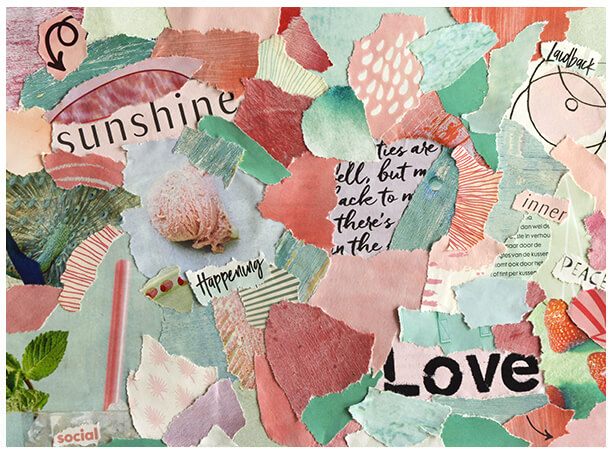
Collage
This method of cutting out pictures and images to paste into a collage works for almost anyone. People in art therapy may be asked to cut out photos of what they want their future to be like or how they feel right now and use these to assemble a collage.
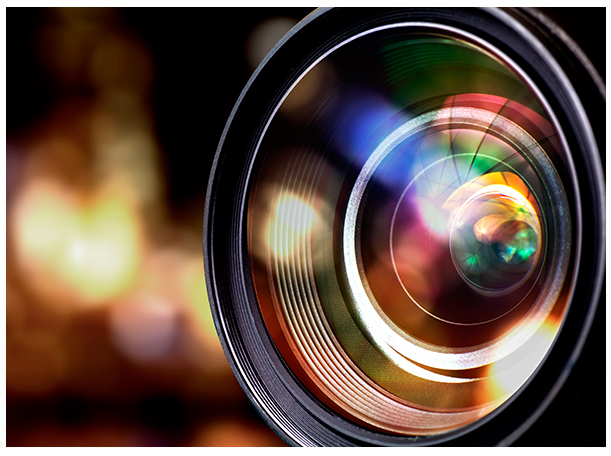
Photography
People can use old photographs or take new ones to create more positive memories for themselves. Photographs of childhood or times with friends may be a tool to trigger a happy memory. New photographs can focus on positive images or just ones that please the photographer.
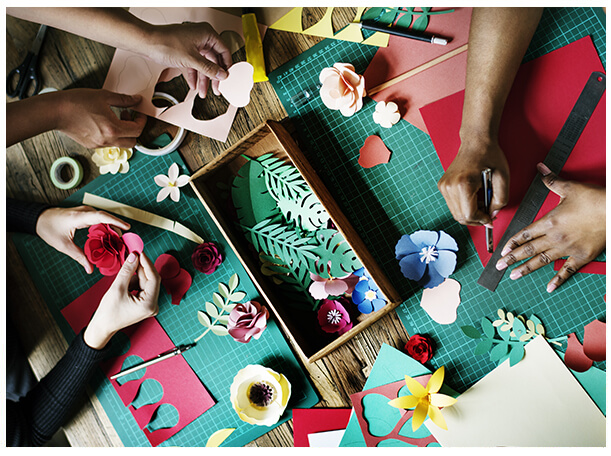
Crafting
Some people enjoy working with their hands, making objects. Crafting items out of fabric, wood, paper, or other materials may help some clients express themselves most effectively. Materials can be chosen for the age, level of functioning, and preferences of the client.
Art Therapy and Addiction
Since the point of art therapy is self-expression it can help almost anyone in whatever stage of treatment they are in. Art therapy can assist clients in detox work through some of the powerful emotions and physical sensations that come with detoxing from a substance. For those in other stages of treatment, art therapy can help them express what they feel as the underlying causes of addiction are explored. Since many people lack words for these overwhelming stimuli, they may be able to use art therapy to communicate pain, frustration, hope, nervousness, or any combination of feelings.

Art Therapy in Residential Treatment
Everlast Recovery Centers offers art therapy as a part of its regular clinical program. It acts as a successful component for the overall treatment experience and improves the response to other modes of therapy. Art therapy can occur in groups, in an individual session, or between therapy sessions using a journal, sketchbook, or other mediums of art.
In group therapy sessions, clients may each create their own art, then share and discuss it.

As another option, the whole group can do a project together, such as cutting out and gluing images for a large collage representing the group.
In individual sessions, if the client has difficulty communicating what they feel to the therapist, they may draw or otherwise use art to convey their emotions. The therapist may ask the person to create something to bring to the next session to talk about it.
Between therapy sessions, art remains a healthy and valuable outlet for emotions and ideas. Clients in residential treatment at Everlast can keep journals or sketchbooks, then use them whenever they have free time for notes, journaling, or creating artwork. A journal like this can serve as a tool even when our clients leave our care. They can use the journal to remind them of the things they learned in treatment, some of the happier new memories they built, and some of their ideas for building their future in recovery.

